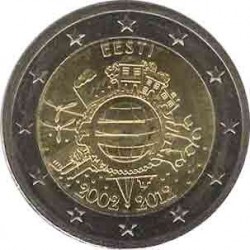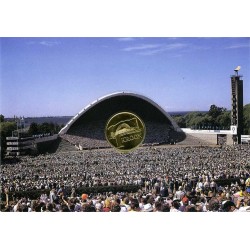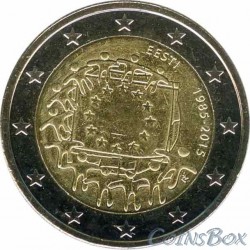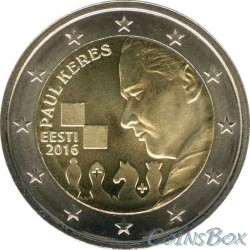No products
Product successfully added to your shopping cart
There are 0 items in your cart. There is 1 item in your cart.
Estonia
- Sets of coins
-
Coins
- Coins Russia and CIS
-
Europe
- EURO
- Austria
- England
- Belgium
- Germany
- Italy
- Spain
- Latvia
- Lithuania
- Estonia
- Luxembourg
- Portugal
- France
- Finland
- Cyprus
- Andorra
- Greece
- Netherlands
- Slovakia
- Slovenia
- Ukraine
- Belarus
- Sweden
- Poland
- Norway
- Denmark
- Ireland
- Iceland
- Switzerland
- Monaco
- Liechtenstein
- Bulgaria
- Hungary
- Moldova
- Romania
- Czech
- Vatican
- Albania
- Bosnia and Herzegovina
- Macedonia
- Malta
- San Marino
- Serbia
- Croatia
- Montenegro
- Turkey
- Kazakhstan
- Transnistria
- Scotland
- Gibraltar
- North America
- South America
- Australia and South Pacific
- Africa
- Asia
- Tokens
- Silver
- Accessories
- Sochi 2014
- Banknotes
- Sale
- Marriages and species
- Sundry
Top sellers
-

-

-

Official set of series Russian Federation. Issue 11
Official set of series "Russian Federation". Issue 11
4 650 руб -

100 RUB Sochi 2014
680 руб -

-

-

10 kopeck 2015 MMD
7 руб -

-

1 Dollar First Patent 2018
250 руб -

Official set of series Russian Federation. Issue 12
Official set of series "Russian Federation". Issue 11
5 350 руб
No supplier
Viewed products
Estonia 2 euro 2017 year. The path to independence.
Data sheet
| Depth | 2,2 |
| Weight | 8,5 |
| Diameter (mm) | 25,75 |
| Mintage | 1500 |
| Material | bimetal |
| Edge of the coin (milling) | combined |
| Series | Outstanding events and people |
| Country | Estonia |
| Release date | 2017 |
| Quality | UNC |
Warning: Last items in stock!
More info
Estonia. 2 euro 2017 year. The path to independence.
Obverse: the map of Europe is on the right. The background of the map shows six vertical lines. At the ends of these lines there are 12 stars. To the left of the card there is a numeric denomination. On the map itself is a horizontal inscription "EURO".
Reverse: In the inner segment of the coin is a tree, leaves of oak and acorns. Here we see the dates: "1917" and "2017", and also: "EESTI" and "MAAPAEV".
On the outer ring - 12 stars of the European Union.
The state of Estonia did not exist until 1917. The land where the Estonians lived belonged to the knightly orders of the Crusaders, then to the Danes, then to the Swedes, in the 18-19th and early 20th centuries centuries of the Russian Empire. The revolution in Russia in October 1917 led to a weakening of its defense capability. German troops occupied the Western regions of the Russian Empire, including Estonia. In February 1918, Revel (Tallinn) included German troops, and by March 4 all the Estonian lands were completely occupied by the Germans. According to the Brest Peace with Germany, the RSFSR renounced its rights to the Baltic-occupied areas. The German occupation authorities did not recognize Estonia's independence and established a military-occupation regime in the province. The national liberation war began. Estonian and Western historians also call the Estonian War of Independence of 1918-1920 "Liberation War".
After the defeat of Germany in the First World War, in December 1918, British troops landed in Estonia. The struggle for Estonia unfolded between Soviet Russia and the White Guards who settled in Estonia, supported by British troops and Estonian nationalists. The British formed the first Estonian government, which on behalf of the Estonian people entered into negotiations with Soviet Russia. On February 2, 1920, between the Russian Soviet Federative Socialist Republic and the Republic of Estonia, the Treaty of Yuriev was concluded, which both sides officially recognized each other. As a result, Estonia was a fairly large territory with a predominance of the Russian population. These were mainly the areas of the Pechora region and the territory to the east of the Narva River.













